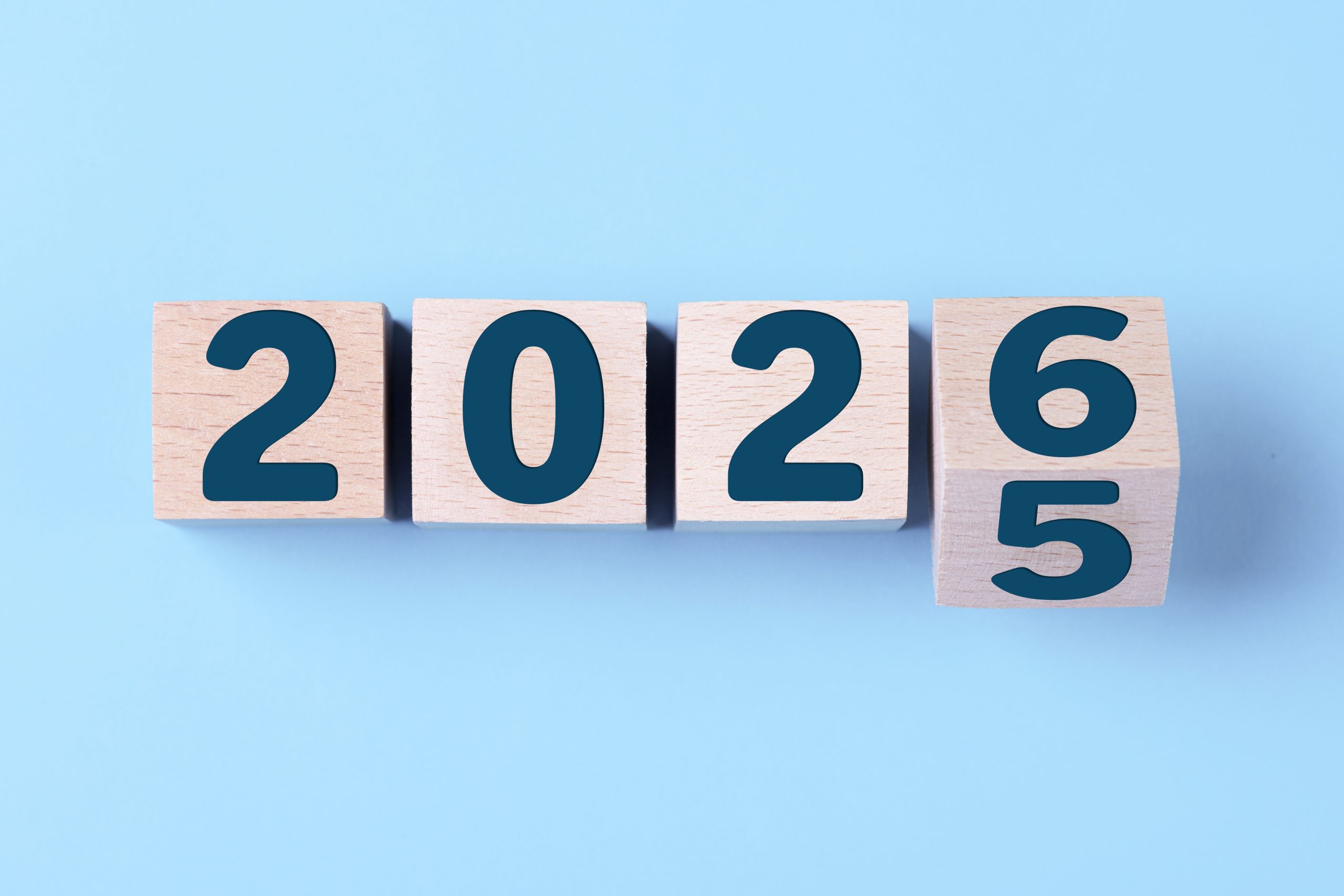Buy-to-let property owners have been singled out in recent budgets for some quite draconian tax changes.
One of the most pervasive starts 6 April 2017. From this date, tax relief for the cost of borrowing – predominately interest charges – will be progressively withdrawn and replaced with a basic rate tax credit.
Between now and the 6 April 2020 relief will be tapered as follows:
|
2017-18 |
The deduction of allowable finance costs will be restricted to 75%, with 25% being available as a basic rate income tax deduction. |
|
2018-19 |
The deduction of allowable finance costs will be restricted to 50%, with 50% being available as a basic rate income tax deduction. |
|
2019-20 |
The deduction of allowable finance costs will be restricted to 25%, with 75% being available as a basic rate income tax deduction. |
A worked example: consider the case of Linda, who has a buy to let with an annual mortgage interest charge of £10,000. Up to April 2017 she will be able to deduct the full amount, £10,000, from her property income before she pays tax. Obviously, the higher her rate of income tax the more tax relief she will currently receive.
The table below sets out the effective loss of tax relief if Linda is a higher rate or additional rate taxpayer. If Linda only pays tax at the basic rate there is no change in her income tax position.
|
|
2016-17 |
2017-18 |
2018-19 |
2019-20 |
2020-21 |
|
Finance cost allowed |
10,000 |
7,500 |
5,000 |
2,500 |
0 |
|
If additional rate taxpayer: |
|||||
|
Additional rate 45% relief |
4,500 |
3,375 |
2,250 |
1,125 |
0 |
|
Basic rate deduction |
0 |
500 |
1,000 |
1,500 |
2,000 |
|
Total tax relief |
4,500 |
3,875 |
3,250 |
2,625 |
2,000 |
|
Net finance costs paid |
5,500 |
6,125 |
6,750 |
7,375 |
8,000 |
|
If higher rate taxpayer: |
|||||
|
Additional rate 40% relief |
4,000 |
3,000 |
2,000 |
1,000 |
0 |
|
Basic rate deduction |
0 |
500 |
1,000 |
1,500 |
2,000 |
|
Total tax relief |
4,000 |
3,500 |
3,000 |
2,500 |
2,000 |
|
Net finance costs paid |
6,000 |
6,500 |
7,000 |
7,500 |
8,000 |
Because the amount of tax relief is gradually reduced, from April 2017 to April 2020, the cash flow impact is progressively negative for higher rate or additional rate tax payers. In our example, if Linda is a higher rate taxpayer her net finance costs (after deduction of tax relief) increase from £6,000 in 2016-17, to £8,000 in 2020-21.
A further consequence of this change is that the rental income for tax purposes increases with no increase in rents: the finance costs are added back. In some circumstances this may mean that basic rate taxpayers become higher rate tax payers.
Buy-to-let property owners who have not yet considered how this change will affect their property business should set aside some time with their advisors as soon as possible. We would be delighted to help.




